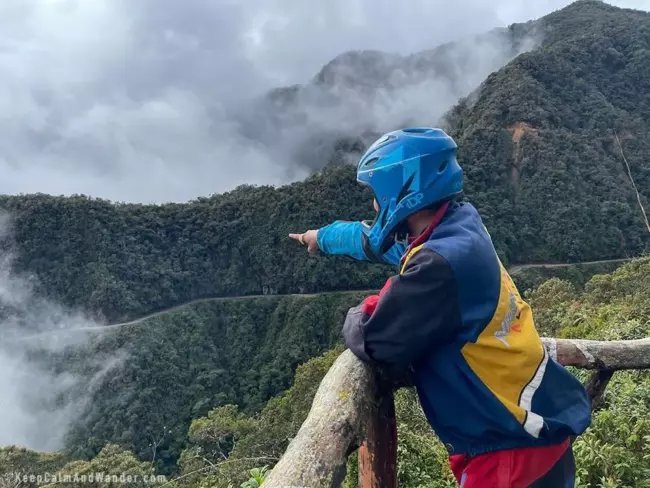
Biking the Bolivian Death Road is the ultimate thrill-seeker’s destination. Many people consider it the “World’s Most Dangerous Road.” I can proudly say that I survived it, despite being naive about riding a mountain bike. And, yes, I fell on my bike – a tough fall. Read more of that later in this post.
Why it’s called the Bolivian Death Road?
When it comes to adrenaline-pumping activities, a few things can compare to hurtling down a mountainside on a bicycle. And when it comes to mountain biking, few places can compare to Death Road in Bolivia.
Death Road, also known as “Camino de la Muerte,” is a 64-kilometer stretch of road that connects the city of La Paz with the town of Coroico. The road got its nickname from the fact that, prior to 2006, it was responsible for an average of 300 deaths per year. In recent years, however, a new, safer highway has been built parallel to Death Road, and as a result, the number of accidents has decreased dramatically. Then, the Death Road was relegated to history – until mountain bikers discovered it. Thus, when you’re in Bolivia, every hostel, hotel, and other accommodation is pimping the Bike Tour to Death Road.
